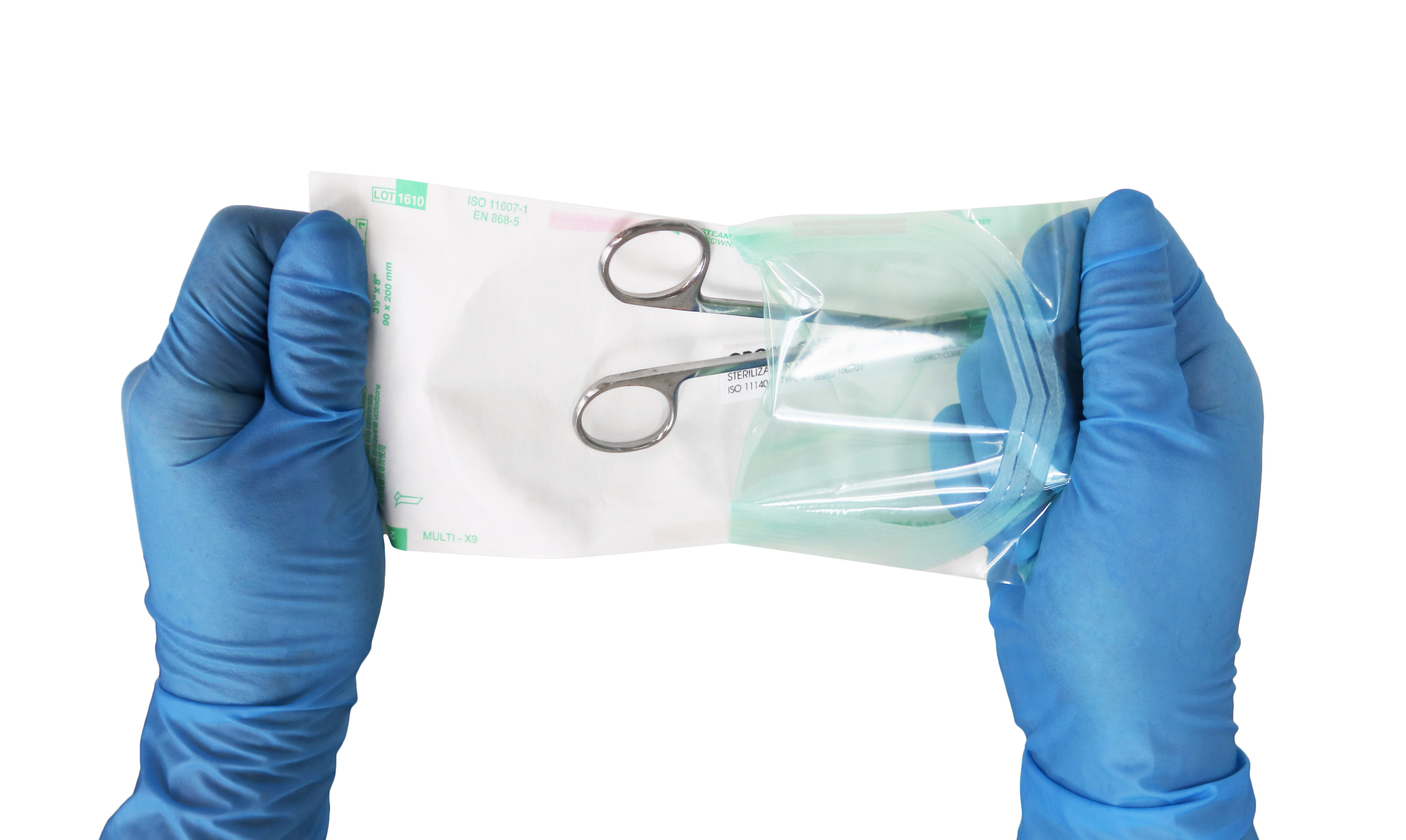STAYING SHARP – ISSUE NO. 154
May 1, 2012
Staying Sharp :
It happens all the time when you're working around the house. Whether it's accidentally cutting your finger while slicing up vegetables or while mowing the lawn accidentally ricochet an unseen object that catches your leg. We are surrounded by sharp objects and they can be potentially dangerous.
In the healthcare field surgical instrument can be particularly dangerous to handle, transport and clean. Not only are these instruments capable of penetrating a person's skin, they also become potentially infectious when contaminated.
According to the OSHA Fact Sheet "Protecting Yourself When Handling Contaminated Sharps," containers for contaminated sharps must be puncture-resistant. The sides and the bottom must be leak proof. They must be appropriately labeled or color-coded red to warn everyone that the contents are hazardous. Containers for disposable sharps must be covered (that is, have a lid, flap, door or other means of closing the container), and they must be kept upright to keep the sharps and any liquids from spilling out of the container. The containers must not be overfilled, which can increase the risk of sticks or cuts. Sharps containers that are reusable must not be opened, emptied or cleaned manually or in any other manner that would expose workers to the risk of sharps injury. Employers must also ensure that contaminated reusable sharps are not stored or processed in a manner that requires workers to reach by
hand into the containers where these sharps have been placed.
Commercially available sharps transport products are typically three-part container systems: solid base tray, drain basket and cover. Placed near the procedure site, the tray system is used to collect the instruments. Covered, it is safely transported to the decontamination site. There the cover is removed, and the drain basket is lifted out of the solution and the decontamination process safely begins. Various sizes appropriate for various services such as OR, labor and delivery, emergency department, etc., are available. For off-site or long distance transportation, your institution may want to consider sealed transport carts for added safety.
Additionally, AAMI ST 79 also has sections dealing with the transportation and handling of sharps. When developing your policy for handling of sharps, make sure you involve risk management and your infection prevention department. Including your entire team will help ensure you are protecting your staff against sharps and select the appropriate system for your facility.
HAVE A QUESTION?
WE ARE HERE TO HELP
Have a question about our products? Contact us today to speak directly to a Healthmark team member or shop our catalog now to request a inquiry


